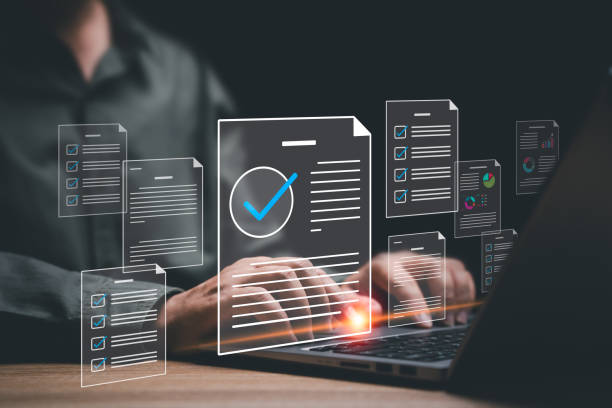What is Internal SEO and Why is it Important?

Internal SEO (#OnPageSEO) is a set of actions that are performed to optimize the pages of your website in order to achieve a better ranking in search engine results.
The main goal of Internal SEO is to improve the user experience and provide quality and relevant content to users.
These actions include optimizing titles, meta descriptions, content, images, URL structure, and internal links.
The importance of Internal SEO stems from the fact that search engines use these factors to better understand the content of the page and determine its relevance to users’ searches.
Without proper Internal SEO, even with great content, you may not achieve a good ranking in search results.
What is SEO? In fact, Internal SEO is the foundation of a successful SEO strategy and helps you optimize your website for search engines.
If you want to be seen in the competitive online market, paying attention to Internal SEO is essential.
This helps you attract more organic traffic, increase conversion rates, and ultimately achieve your business goals.
By optimizing the internal elements of your website, you not only help search engines but also improve the user experience, which leads to greater user satisfaction and increases the likelihood of them returning to your site.
Therefore, Internal SEO is a valuable investment for any business looking for a strong and successful online presence.
Are you worried about the low conversion rate of your online store and not achieving the sales you want?
Rasaweb is your specialized solution for having a successful online store.
✅ Significant increase in conversion rates and sales
✅ Professional and user-friendly design to satisfy customers
⚡ Ready to transform your online sales? Get a free consultation!
Keyword Research and Finding the Best Phrases
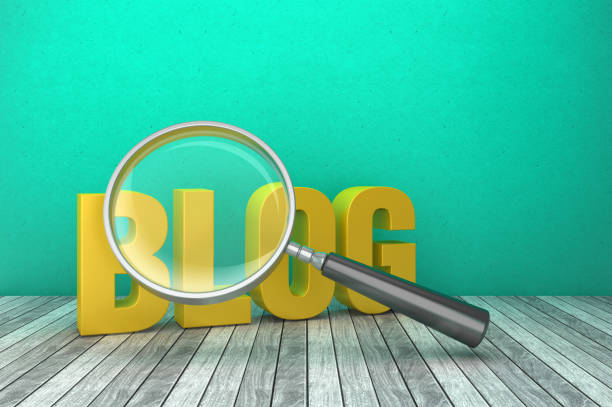
Keyword research is a fundamental step in Internal SEO.
This process involves identifying the phrases and words that users use to search for information related to your business.
To conduct keyword research, you can use various tools such as Ahrefs, Ubersuggest, Moz Keyword Explorer, and Google Keyword Planner.
These tools help you find search volume, competition level, and related keywords.
After identifying keywords, you should categorize them based on their importance and relevance to your website content.
Head Keywords usually have high search volume but also very high competition.
Long-Tail Keywords are longer, more specific phrases that have lower search volume but usually have higher conversion rates.
Using a combination of these two types of keywords can help you attract more traffic and achieve a better ranking in search results.
Remember to use keywords naturally and logically in your content, and avoid unnecessarily filling the text with keywords, as this can harm your site’s SEO.
Optimizing Titles and Meta Descriptions
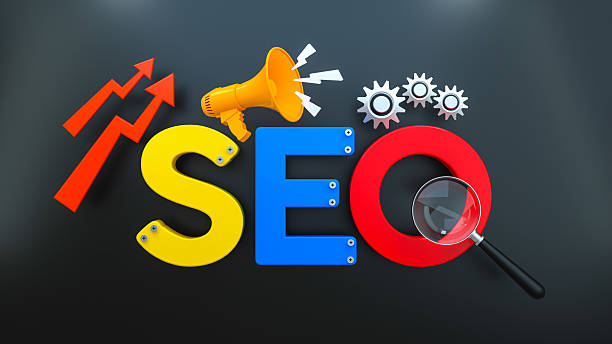
Titles and meta descriptions are among the most important elements of Internal SEO.
The Title Tag is the title that appears in search results and browser tabs.
The title should be attractive, relevant, and include the page’s main keyword.
The title length should be between 50 and 60 characters to be fully displayed in search results.
SEO Title Guide
The Meta Description is a summary of the page’s content that appears below the title in search results.
The meta description should be attractive and persuasive, encouraging users to click on your website link.
The meta description length should be between 150 and 160 characters.
Optimizing titles and meta descriptions helps search engines better understand the content of the page and helps users decide whether your page is relevant to their needs.
To optimize titles and meta descriptions, use main and related keywords, avoid creating duplicate titles and descriptions, and continuously update their content.
You can also use SEO tools to analyze titles and meta descriptions and find opportunities for improvement.
By optimizing these elements, you can increase your click-through rate (CTR) in search results and attract more traffic to your website.
| Element | Description | Best Practices |
|---|---|---|
| Title Tag | The title that appears in search results and browser tabs. | Using the main keyword, length between 50 and 60 characters, being attractive and relevant. |
| Meta Description | A summary of the page’s content that appears below the title in search results. | Attractive and persuasive, length between 150 and 160 characters, encouraging clicks. |
Content Optimization and Keyword Usage
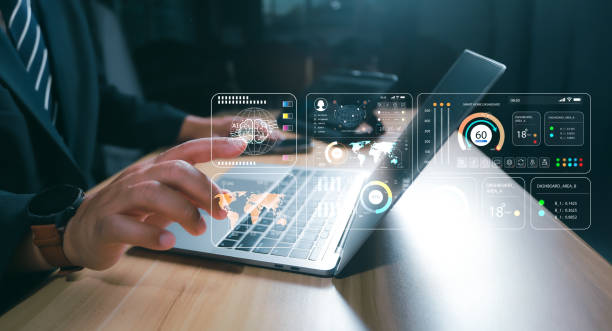
Content is king! This phrase is often heard in the SEO world and it is true.
Quality and relevant content is the main factor for success in Internal SEO.
Your content should be valuable to users, answer their questions, and meet their needs.
Also, your content should be understandable to search engines.
For this purpose, you should use keywords strategically in your content.
Use keywords in your titles, subtitles, paragraphs, and images.
But be careful not to unnecessarily fill the text with keywords.
This can harm your site’s SEO and cause search engines to penalize you.
Instead, try to incorporate keywords naturally and logically into your text.
Also, use synonyms and phrases related to your keywords to add more variety to your content.
To create quality content, research, plan, write, edit, and continuously update your content.
Producing SEO-Optimized Content
Do visitors to your online store leave before buying? Don’t worry anymore! With Rasaweb’s professional online store design services, solve the problem of not converting visitors into customers forever!
✅ Significant increase in conversion rates and sales
✅ Unique and attractive user experience
⚡ Contact us now for a free consultation!
Image Optimization and Alt Tag Usage

Images play an important role in the attractiveness and user-friendliness of your website.
But images can also help your site’s SEO.
To optimize images, you should save them in the appropriate format (such as JPEG or PNG), reduce their size to increase page loading speed, and use the Alt tag to describe the images.
The Alt tag is text that is displayed in place of the image if it is not displayed.
The Alt tag should be descriptive, relevant, and include the image’s main keyword.
By optimizing images, you can help search engines better understand your images and achieve a better ranking in image search results.
Also, by reducing the size of images, you can increase page loading speed, which is one of the important factors in Internal SEO.
Optimizing URL Structure

Your website’s URL structure plays an important role in Internal SEO.
The URL should be short, descriptive, and include the page’s main keyword.
Avoid using long and complex URLs.
Also, avoid using special characters and spaces in your URL.
Use a hyphen (-) instead of spaces.
The URL structure should be logical and understandable so that users and search engines can easily understand the content of the page.
For example, the following URLs are examples of optimized URL structures:
https://www.example.com/blog/seo-internalhttps://www.example.com/products/digital-marketing
By optimizing the URL structure, you can help search engines better understand your website’s structure and achieve a better ranking in search results.
Optimized URLs are more effectively indexed by search engines.
Internal and External Linking
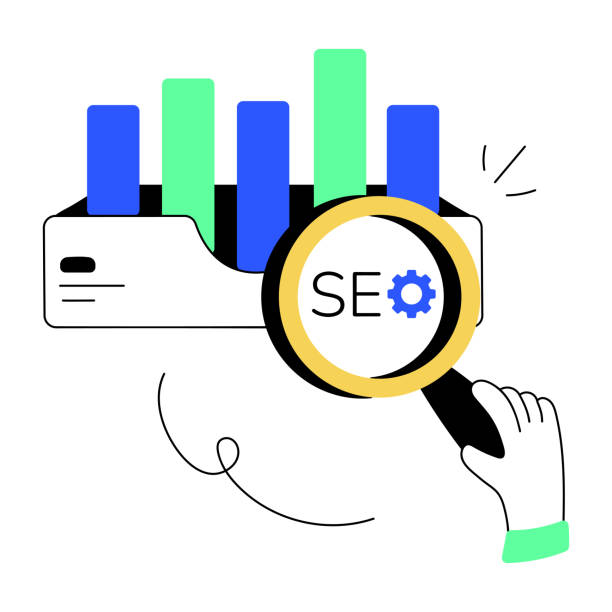
Internal and external linking are among the most important Internal and external SEO strategies.
Internal linking involves creating links between different pages of your website.
This helps search engines better understand your website’s structure and identify more important pages.
Internal linking also helps users easily navigate your website and discover more content.
External linking involves getting links from other websites.
This shows search engines that your website is credible and trustworthy.
To get quality links, you need to create valuable content that other websites want to link to.
You can also connect with websites related to your business and ask them to link to your website.
External linking is a time-consuming and difficult process, but it can have a significant impact on your website’s ranking in search results.
| Link Type | Description | Advantages |
|---|---|---|
| Internal Link | Link between different pages of your website | Improved site structure, increased credibility of important pages, improved user experience. |
| External Link | Link from other websites to your website | Increased credibility and trust, improved ranking in search results. |
Optimizing Page Loading Speed

Page loading speed is an important factor in both Internal SEO and user experience.
Users expect your website pages to load quickly.
If your page takes too long to load, users may leave it and visit another website.
Search engines also care about page loading speed, and websites with low loading speeds get a lower ranking in search results.
To increase page loading speed, you can optimize your images, use a content delivery network (CDN), optimize your code, and use cache plugins.
google pagespeed
Tired of losing business opportunities due to not having a professional corporate website? Don’t worry anymore! With Rasaweb’s corporate website design services:
✅ The credibility and professionalism of your brand increases.
✅ You attract more customers and sales leads.
⚡ Get a free consultation to start now!
Mobile Optimization and Responsiveness
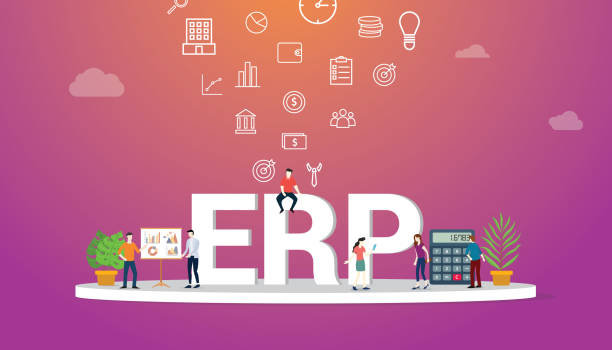
Today, most users access the Internet through mobile devices.
Therefore, your website should be optimized for mobile devices.
A website that is optimized for mobile devices is called a responsive website.
A responsive website means that the website design automatically adapts to the screen size of the user’s device.
If your website is not responsive, users may have a bad user experience and leave it.
Search engines also care about the responsiveness of the website, and websites that are not responsive get a lower ranking in search results.
Analysis and Continuous Improvement

Internal SEO is an ongoing process and requires continuous analysis and improvement.
You should continuously analyze the performance of your website and identify its strengths and weaknesses.
For this purpose, you can use web analytics tools such as Google Analytics and Google Search Console.
These tools help you track your website traffic, user behavior, keywords, and website ranking in search results.
Using this information, you can improve your Internal SEO strategy and achieve better results.
Remember that Internal SEO is a long-term investment and requires patience and perseverance.
By taking Internal SEO actions continuously and consistently, you can improve your website’s ranking in search results and attract more traffic.
Also, paying attention to the latest changes and updates to search engine algorithms is very important.
Search engines are constantly updating their algorithms, and SEO strategies that were previously effective may no longer be effective.
Therefore, you should always stay up-to-date with the latest news and developments in the world of SEO and adjust your strategies accordingly.
With continuous analysis and improvement, you can ensure that your website is always in the best possible condition in terms of SEO.
Frequently Asked Questions
| Question | Answer |
|---|---|
| What is On-page SEO? | On-page SEO refers to the set of actions that are performed within your website to improve its ranking in search engine results. This includes optimizing content, site structure, and HTML code. |
| Why is on-page SEO important? | On-page SEO helps search engines understand your page content and determine whether your content is relevant to searchers. This is the foundation of any successful SEO strategy. |
| What are the key elements of on-page SEO? | The key elements include page title (Title Tag), meta description (Meta Description), keyword usage, image optimization, heading structure (H1, H2, …), internal linking, and content quality. |
| How to optimize the page title (Title Tag)? | The page title should include the main keyword, be attractive and encouraging to click, and its length should be between 50 and 60 characters (or suitable pixels) to be fully displayed in search results. |
| What role does the Meta Description play in on-page SEO? | The meta description is a summary of the page content that is displayed under the title in search results. Although it does not directly affect ranking, it helps SEO by increasing the click-through rate (CTR). |
| What is the importance of using heading structure (H1, H2, H3) in on-page SEO? | Headings structure the page content and make it easier to read. H1 is usually the main title of the page and should include a keyword. H2 and H3 are used to organize subsections and help search engines understand the hierarchy of content. |
| How to use keywords effectively in content? | Keywords should be used naturally and logically throughout the content, including the introduction, body and conclusion. Avoid excessive filling of keywords (Keyword Stuffing). |
| What steps does image optimization for on-page SEO involve? | It involves compressing images to reduce size, using descriptive file names, adding appropriate alternative text (Alt Text), and optimizing image titles and descriptions. Alt Text is critical for accessibility and helping search engines understand image content. |
| What is internal linking and what are its benefits? | Internal linking means creating a link from one page on your website to another page on the same website. This helps users to easily navigate your site, distributes page credit throughout the site, and helps search engines better understand your site structure. |
| What is the importance of content quality in on-page SEO? | Quality, accurate, comprehensive, and valuable content for users is the cornerstone of on-page SEO. Search engines prefer content that meets users’ needs. Quality content leads to longer user time on the site (Dwell Time) and reduced Bounce Rate, which are positive SEO signals. |
And other services of Rasa Web Advertising Agency in the field of advertising
Smart Reportage: A new service to increase campaign management through marketing automation.
Smart Marketing Automation: An innovative platform to improve campaign management by optimizing key pages.
Smart Conversion Rate Optimization: A fast and efficient solution for user interaction focusing on attractive user interface design.
Smart Conversion Rate Optimization: A professional solution for user interaction focusing on marketing automation.
Smart Sales Automation: A dedicated service to increase website visits based on attractive user interface design.
And over hundreds of other services in the field of internet advertising, advertising consulting and organizational solutions
Internet Advertising | Advertising Strategy | Ad Reportage
Resources
On-Page SEO Optimization on Moz
,Ahrefs’ On-Page SEO Guide
,On-Page SEO at Search Engine Journal
,Neil Patel’s On-Page SEO Tips
? Ready to transform your business in the digital world? Reach the peak of success with Rasaweb Aferin, a specialist in SEO-optimized website design and comprehensive digital marketing strategies.
📍 Tehran, Mirdamad Street, next to the Central Bank, South Kazerun Alley, Ramin Alley No. 6



